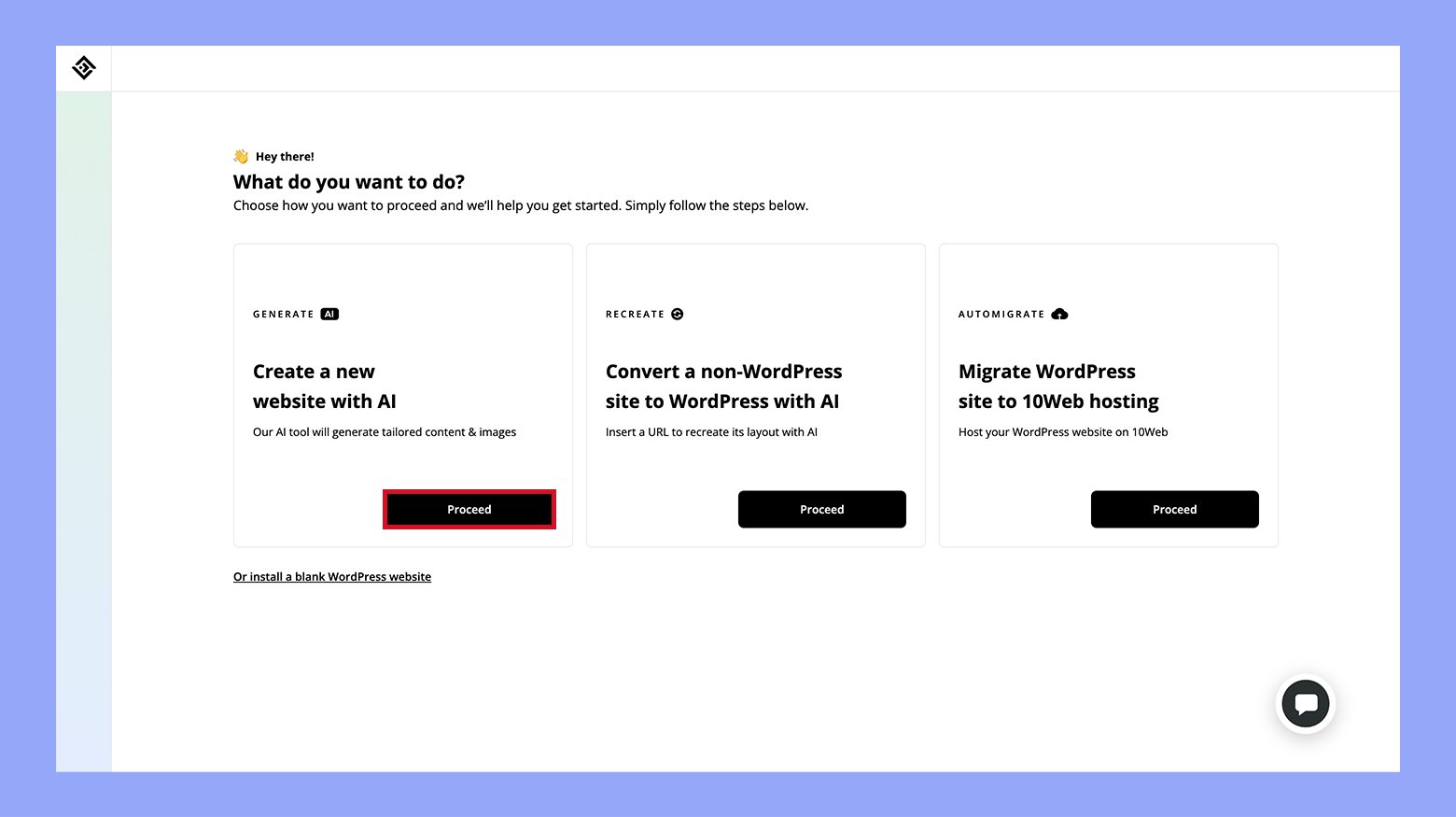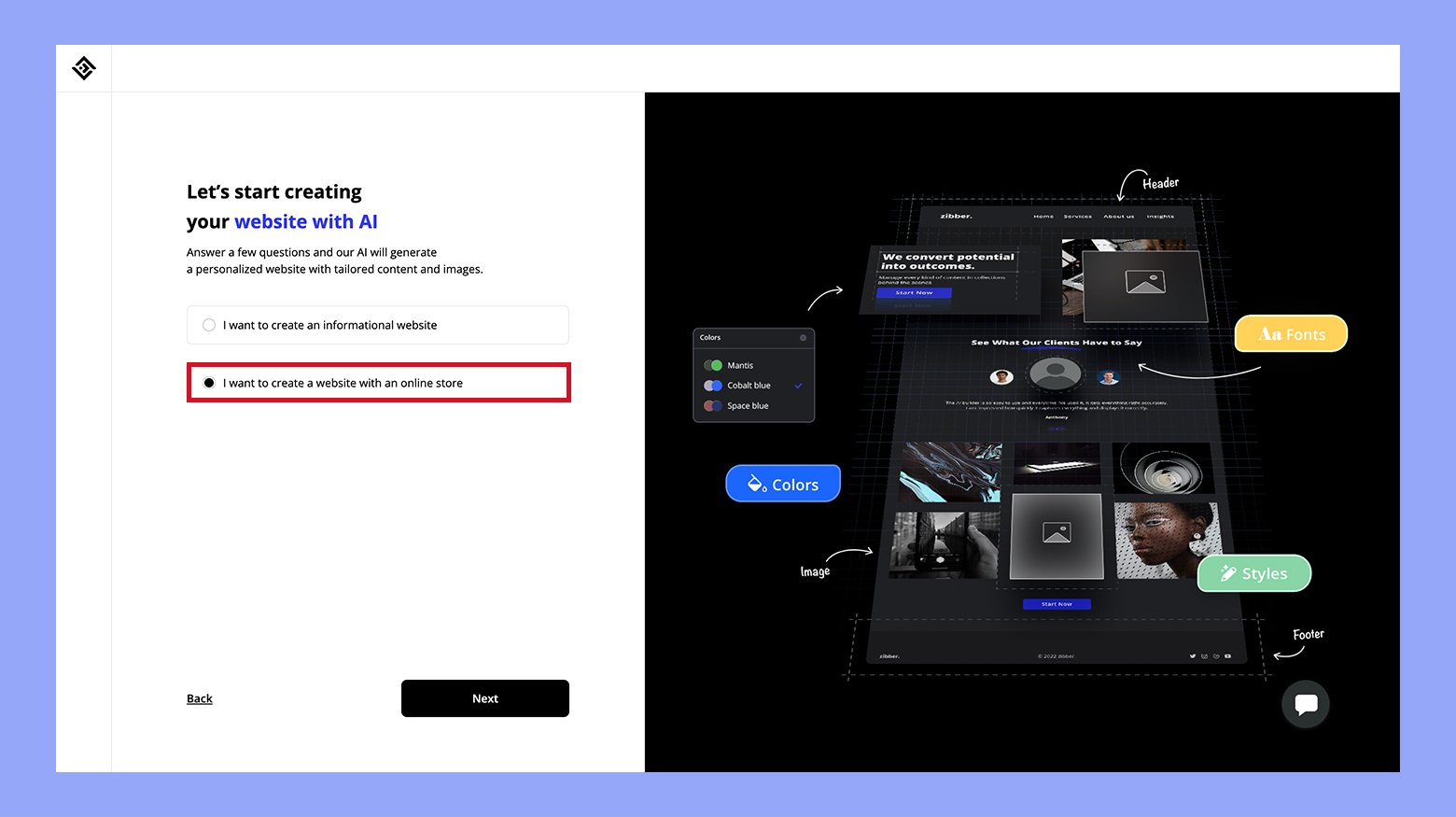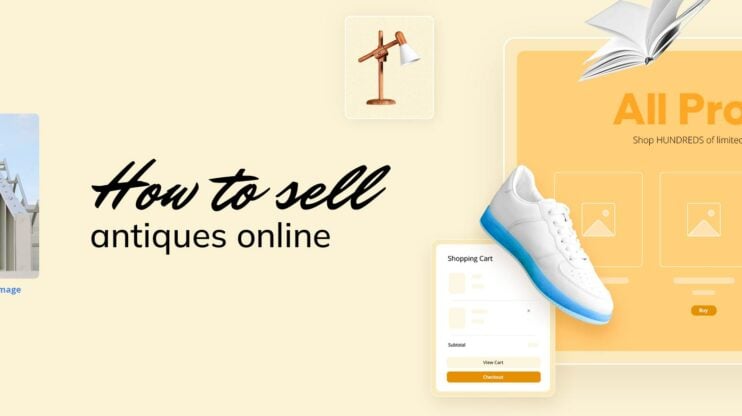As the digital space continues to evolve, the online wine market has seen remarkable growth, presenting numerous opportunities for aspiring entrepreneurs. This guide offers valuable insights for those looking to capitalize on this booming industry.
With practical tips and strategic advice, this article will help you navigate the complexities of selling wine online, from branding and vision creation to selecting the best sales platforms and engaging customers effectively. Both for experienced vintners and new starters, the excitement of reaching a broader audience and the potential for lucrative returns make this an exhilarating venture. Learn how to sell wine online and turn your passion for wine into a successful online business.
FAQ
Can you make money selling wine online?
Where is the best place to sell wine online?
How to sell a bottle of wine?
Can I sell wine online in USA?
The current online wine-selling market
Selling wine online has grown significantly. There are several important trends and financial aspects you should know about, as well as specialized segments that draw particular interest.
Trends within the wine market
One of the fastest-growing trends in the wine market is the shift to ecommerce. Wine enthusiasts love the convenience of shopping online. Many wineries and resellers use this trend to reach a broader audience. Digital marketing also means more targeted ads and personalized shopping experiences for your customers.
Subscription-based wine clubs are also popular. These clubs deliver curated selections of wine to members’ homes each month. Additionally, sustainable and organic wines have seen a surge in demand. Consumers are more eco-conscious and seek out wines made with environmentally friendly practices.
Use resources like industry reports and websites such as Wine.com for insights. Pay attention to popular wine types, pricing strategies, and customer preferences. Knowing these details will help you create a marketing strategy that appeals to your audience.
Keep an eye on market growth areas. For example, selling direct-to-consumer (DTC) can be profitable. DTC allows you to control pricing and build a loyal customer base.
Financial outlook of the market
The online wine market is booming financially. In the United States, the market has topped $3 billion. It’s expected to grow by 15-16% annually. This growth is fueled by a mix of increased consumer spending and improved online sales platforms.
Investing in this market could be lucrative. The high demand for convenient wine shopping means there’s room for new players. Factors like competitive pricing, unique offerings, and efficient shipping can significantly affect your success. For anyone wondering about profitability, even small-volume sellers can make a considerable profit due to lower overhead costs compared to brick-and-mortar stores.
Specialized segments of the wine market
Certain segments within the wine market stand out. High-end and rare wines often find their place at online wine auctions. These auctions attract collectors willing to pay top dollar for exclusive bottles.
Another specialized segment is the niche audience looking for specific wine types, such as organic or vegan wines. Knowing your audience allows you to tailor your offerings more closely to their preferences, increasing customer loyalty and repeat purchases.
Lastly, the craft winemaking sector is on the rise. Small wineries producing artisanal, limited-edition wines can attract a dedicated following. By focusing on unique selling points like local sourcing or special winemaking techniques, you can stand out in the crowded market.
How to sell wine online: tips and steps for sellers
Selling wine online involves several important steps, from creating a strong brand and vision to selecting the right platforms and ensuring compliance with legal requirements. Here’s a detailed guide on how to navigate this process successfully.
Determine your online business model and its legal part
Choose the best business model for your online wine sales. There are several approaches, and selecting the right one depends on your goals and resources.
- Direct-to-consumer (DTC): Selling directly to customers via your website. You control the branding and customer experience.
- Marketplace selling: Use platforms like Wine.com to list and sell your wines. This can increase your reach but may involve fees and less control.
- Subscription services: Offer wine subscriptions for recurring revenue. Curate selections based on customer preferences.
- Retail partnerships: Collaborate with online retailers to sell your wines. This approach can help you tap into existing customer bases.
Consider these options and choose one that aligns with your business goals. Remember to comply with legal requirements, like obtaining a wine seller license.
Obtaining necessary licenses
Before you can sell wine online, you need to obtain various licenses.
- State winery license: This license allows you to produce and sell wine within your state.
- Federal basic permit: Issued by the TTB, this permit is required for anyone who wants to engage in the business of producing, blending, or bottling wine.
- Shipping licenses: If you plan to ship wine to different states, you must get a shipping license for each state you intend to ship to. Each state has its regulations and you must comply with them.
It’s crucial to check each state’s requirements carefully. Non-compliance can lead to fines or loss of license, posing a significant risk to your business.
Check compliance with the Alcohol and Tobacco Tax and Trade Bureau
The TTB regulates the wine industry to ensure that wines are produced, labeled, and sold legally. Before selling your wine, you need approval for your wine labels from the TTB to ensure they meet federal regulations. You must also post a bond, which is a financial guarantee that taxes on wine will be paid. Other than that, you will maintain thorough records of production, sales, and shipments as the TTB requires regular reporting.
Strict adherence to TTB regulations is not optional. Understanding and complying with these requirements helps avoid legal issues and keep your business thriving.
Create a brand for your wine business
Creating a compelling brand is essential when you’re learning how to sell wine online. Your brand is not just your logo or color scheme—it’s the entire identity of your business, encapsulating the quality of your wines and the values you uphold.
Select a business name: Choosing the right name is crucial as it sets the tone for your brand. It should be memorable, relevant to your industry, and resonate with your target audience. To find the perfect name, try using 10Web’s free Business Name Generator. Just describe your business or search by industry to find memorable business ideas.
Design a logo: Your logo is often the first impression customers have of your brand. Design a logo that stands out, incorporating elements that reflect the sophistication and elegance of your wines. Consider how your logo can evoke a sense of quality and allure that is unique to your wine brand.
Develop your Unique Selling Proposition (USP): Define what makes your winery special. Do you have a rich history, or do you employ unique methods in your winemaking process? Your USP should highlight these distinctive qualities and convey why customers should choose your wine over others.
Other branding components to consider
Color scheme: Choose colors that represent the elegance and depth of your wine. These colors will be used throughout your branding materials to ensure consistency and recognizability.
Brand story: Narrate the story behind your brand. Discuss the origins of your vineyard, your winemaking philosophy, and any unique aspects that give your wine its character. This helps to forge a deeper connection with your customers.
Visuals: Utilize high-quality images of your bottles, vineyards, and winemaking process. Since you’re selling online, these visuals play a critical role in helping potential customers understand and appreciate the quality of your wine.
Each element of your brand should work together to create a cohesive and attractive identity that captures the essence of your wines and engages your target market effectively.
Create the vision for your wine business
Define your vision clearly. Your vision should articulate what you want to achieve and how you plan to do it. Are you aiming to become a top online wine retailer, or are you focusing on niche markets such as organic or rare wines?
Consider how your vision aligns with your personal values and the needs of your target market. A clear vision not only helps guide your business decisions but also resonates with your audience, setting you apart from competitors.
Conduct market research
Conducting market research helps to understand your target market and competitors. Start by identifying who your potential customers are. What are their preferences, buying habits, and willingness to pay for wine online?
Look at other online wine sellers to see what they are doing well and where there might be gaps. Use this information to position your online wine store effectively.
Investigate trends in the wine market, such as an increasing preference for organic wines or specific varietals. This can help you tailor your offerings to meet current demands.
Select the wines to sell
Choosing the right wines can make or break your online wine business. You need to know what your target customers like. Use buyer personas to understand their preferences, so you stock wines they are more likely to buy.
After having researched and looked into what types of wines are currently popular, make your offer. This could be anything from organic wines to rare vintages. Offer a range of wines, from everyday affordable options to high-end fine wines. This can attract a broader audience.
Some wines sell better during certain times of the year, like rosé in the summer and red wines in the winter. Adjust your inventory accordingly.
Quality control is also essential. Only stock wines from trusted producers to maintain a reputation for quality. Use a rotation system to keep stock fresh, moving older bottles to the front and newer ones to the back to prevent spoilage.
Write a business plan
A business plan outlines your strategy for selling wine online. Start with an executive summary that provides a snapshot of your business goals and strategies.
Detail your products, including the types of wine you will sell, and how you plan to source, store, and ship them. Include sections on marketing strategy to attract and retain customers.
Your business plan should also cover financial projections, such as sales targets, revenue, and expenses. This helps ensure that your business is financially viable and helps attract investors or loans if needed.
Choose a sales platform for selling wine
Choosing the right platform for selling wine online is crucial. Some popular choices include:
- Wine.com: Known for a broad audience and well-established logistics
- Vinfolio: Ideal for those selling fine wines or wine collections
- Vinovest: Great for investing in wine and reaching high-net-worth buyers
Each platform has its pros and cons. Evaluate factors like fees, audience reach, and ease of use to choose the right one for your business.
Once you’ve picked your sales platform, setting up your store is next. If you’re going with a marketplace like Wine.com, follow their setup guidelines carefully. Include detailed product listings with high-quality images and thorough descriptions.
If opting for a more independent platform or your website, ensure to integrate secure payment gateways, offer various shipping options, and comply with the Alcohol and Tobacco Tax and Trade Bureau (TTB) regulations.
Create a professional ecommerce website for wine-selling
Having a professional website to sell your products is the best way to showcase your unique prepositions and offers. For entrepreneurs eager to get started in online wine sales, using 10Web AI Website Builder will significantly streamline the creation of a professional ecommerce website. The AI-created website will be designed to elegantly highlight your wine selections.
Here is how you can do it with 10Web:
- To start, go to the 10Web website, and click on Generate Your Website.

- Proceed to create a new website with AI.

- Choose the I want to create a website with an online store option.

- Describe your online wine-selling business in a few words and proceed to generate your website with AI.
The result will be a ready and functional website, which you can customize to your needs and your business specifics.
Tips for organizing your online store
- Enhance your product listings with high-resolution images and detailed descriptions, including tasting notes, food pairings, and the origin stories of each wine.
- Organize wines into categories for easier browsing.
- Ensure your ecommerce platform is equipped to handle various payment methods securely, and customize your shipping options to accommodate different geographic locations and storage needs.
- Implement robust inventory management plugins available to maintain accurate stock levels.
- Optimize your website for search engines to increase your visibility and attract more visitors.
- Keep your content fresh and engaging to build customer loyalty and encourage repeat business.
By implementing these steps, you will set yourself on the path to a successful online wine business.

Looking to sell online?
Create your custom online store in minutes with 10Web AI Ecommerce Website Builder and take your business online.
Marketing your wine business and engaging customers
To successfully sell wine online, you need to focus on marketing and engaging your customers effectively. This means using various methods to connect with wine enthusiasts, collectors, and potential buyers, and making sure your online presence is both strong and persuasive.
How to connect with your audience effectively?
Connecting with your audience involves using multiple methods to cater to different preferences and interests. Start by identifying your target audience, such as casual wine drinkers, serious collectors, or those interested in food pairings.
There are many ways to reach your audience and each serves a specific purpose.
Email marketing and wine clubs
Email marketing is a powerful tool for reaching potential customers directly. You can send newsletters, promotional offers, and updates about new wine releases.
Create an email list by offering a subscription option on your website. Personalized emails can make your customers feel valued, leading to increased loyalty.
Wine clubs are another excellent strategy. You can offer exclusive deals, early access to new wines, and special tasting events. This not only keeps your customers engaged but also creates a community around your brand.
Use email marketing platforms like Mailchimp or Constant Contact to manage your campaigns efficiently. Consistent communication keeps your audience interested and eager to try your latest offerings.
Content marketing
Content marketing is key to attracting and retaining customers. Create blog posts about wine trends, food pairings, and behind-the-scenes looks at your winery. Use engaging and informative articles to build your reputation and visibility. Explaining the winemaking process or featuring stories about the vineyards helps create a personal connection with your brand. Use SEO best practices to ensure your content ranks well in search engines.
Social media
Integrating social media platforms like Instagram and Facebook is vital for brand visibility and engagement. Share stunning images of your wines, vineyards, and events. Use Instagram Stories and Facebook Live to showcase new releases or virtual tastings. Engage with your followers by responding to comments and messages promptly. Running targeted ads can also help reach a broader audience and increase sales.
Interactive content
Interactive content, such as quizzes about wine preferences or polls about favorite wine types, can make your website more engaging and your social media more interesting.
With these strategies, you can reach the wine enthusiast in every corner of the world.
Logistics of wine shipping and storage
Handling the logistics of shipping and storing wine requires attention to detail. Proper packaging and maintaining the right conditions are crucial to ensure the wine remains in prime condition during transit.
When shipping wine, start with sturdy packaging. Use strong cardboard boxes designed for wine bottles. Place each bottle in a separate padded compartment to prevent breakage.
Consider packing materials like foam inserts or molded pulp trays for extra cushioning. Seal boxes securely with quality packing tape to avoid accidental openings.
Don’t forget to label the box as “Fragile” and mark it as containing alcohol. Choose a reliable shipping service that handles alcohol shipments. Ensure that you comply with age verification and state regulations.
Maintain optimal storage conditions
Proper storage is essential to preserve the quality of wine. Store wine in a cool, dark place with a consistent temperature between 45°F and 65°F (7°C-18°C). Avoid exposing wine to direct sunlight as it can cause spoilage.
Humidity levels should be kept around 70%. Low humidity can cause corks to dry out, while high humidity encourages mold growth. Use climate-controlled storage solutions to maintain ideal conditions.
Wine should be stored horizontally to keep the cork moist. This prevents air from entering the bottle and spoiling the wine. Temperature fluctuations can impact wine quality, so monitor storage conditions regularly.
Conclusion
Selling wine online is a unique and profitable opportunity for entrepreneurs passionate about viticulture. As outlined in this comprehensive guide, establishing a successful online wine business involves careful planning, from understanding market trends and financial landscapes to crafting a compelling brand and selecting the right sales platforms.
This wine-selling journey from vineyard to virtual cart is steeped in tradition yet enhanced by modern technology, allowing you to reach wine enthusiasts globally. If you follow these steps, your online wine business is poised for success and significant growth in a flourishing market.

Looking to sell online?
Create your custom online store in minutes with 10Web AI Ecommerce Website Builder and take your business online.

















